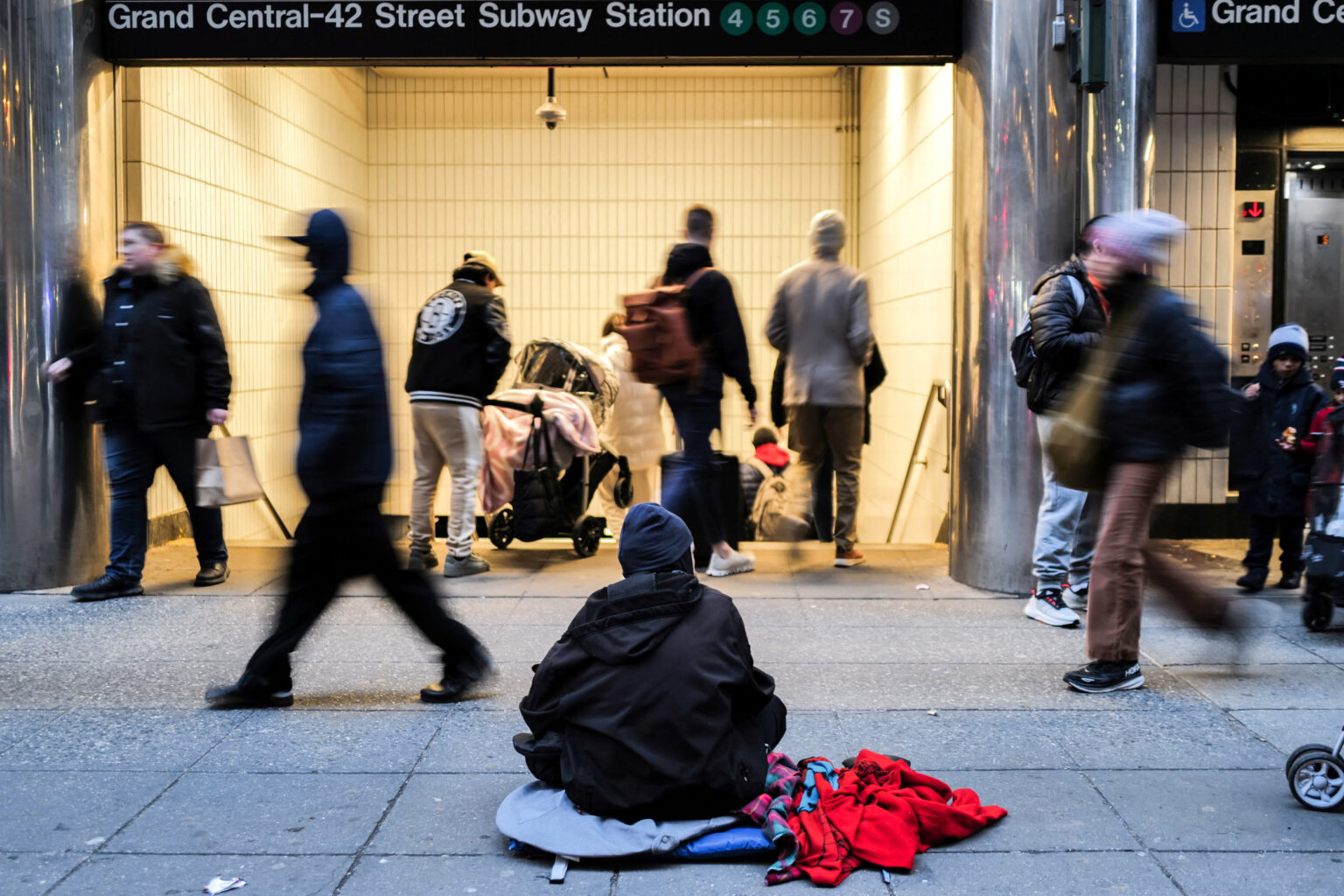The U.S. Census Bureau has revealed the top expenses that push Americans into poverty.
A new article released by the bureau on November 14 said that medical expenses, payroll taxes, work and child-care expenses all contributed to pushing people into poverty in 2023, while a range of government benefits helped a substantial number of Americans stay out of financial hardship.
The rate of poverty across the country is measured using two metrics: the official poverty measure and the supplemental poverty measure (SPM).
The latter includes noncash benefits such as food stamps and housing subsidies, as well as subtracting nondiscretionary payments such as taxes and medical expenses. The 2023 SPM thresholds for a household with two adults and two children are $37,482 for renters; $36,915 for homeowners with mortgages; and $30,870 for homeowners without mortgages. The official poverty threshold is $30,900 for two adults with two children.
The SPM rate in 2023 was 12.9 percent, an increase of 0.5 percentage points from the year prior. The Census Bureau report said that medical expenses accounted for pushing 7.4 million people below the SPM poverty threshold in 2023, followed by the Federal Insurance Contributions Act, also known as FICA; this contributed to 4.4 million being within the poverty threshold.
Work and child-care expenses came third, with 4.1 people being impelled below the poverty line, and federal income taxes accounting for 1.2 million.
However, there are several antipoverty and welfare measures that have helped millions. Social Security, which forms the bedrock on which millions of Americans fund their retirement plans as well as providing disability and survivor payments and is by far the biggest government benefit scheme, kept 27.6 million people out of poverty in 2023.
The majority helped by Social Security benefits were aged 65 and over, but despite this, the over-65s were the most likely to be in poverty of all age groups, with 14.1 percent measured as being below the SPM in 2023.
Refundable tax credits came second, aiding 6.4 million in staying above the poverty line, almost all of whom were under 64, while Supplemental Nutrition Assistance Program (SNAP) benefits helped 3.4 million, with the vast majority again being under 64.
Housing subsidies are credited with keeping 2.8 million outside of the poverty threshold, followed by housing subsidies, which assisted 2.8 millions from being impoverished.
Other government measures that helped with reducing poverty include: Supplemental Security Income (SSI); child tax credits; the National School Lunch Program; Temporary Assistance for Needy Families (TANF); unemployment insurance; and the Special Supplemental Nutrition Program for Women, Infants, and Children (WIC).
In September, the Census Bureau reported that child poverty has hit a five-year high, growing from 12.4 percent in 2022 to 13.7 percent in 2023, despite real median household income growing by 4 percent during the same period.
Read the full article here

